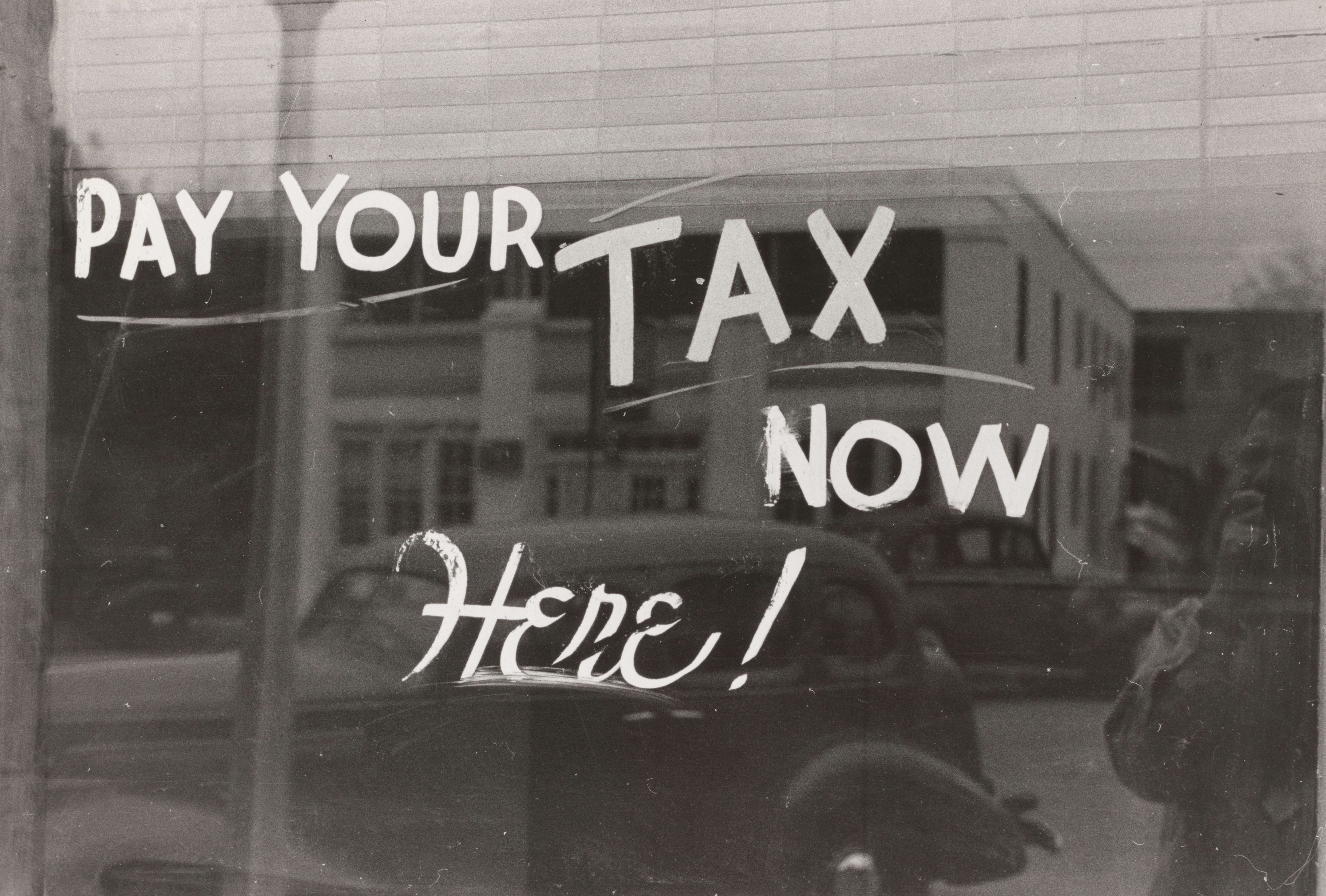
by Claire Aston | Oct 11, 2023
The Shadow Chancellor, Rachel Reeves, announced plans to appoint a Covid corruption commissioner at the Labour Party Conference this week. The speech was low on detail, except for reference to a figure of £7.2bn of fraud against the taxpayer related to Covid...

by Alex Dunnagan | Jan 17, 2022
Three-quarters of Covid support claimed in fraud and error won’t be collected HMRC has revealed that they expect to recover just 25% of a total £5.8bn paid out due to fraud and error in relation to the coronavirus support schemes. 1HMRC responses to inaccurate claims,...

by Alex Dunnagan | Dec 29, 2021
UK Government has announced an extra £510m boost to DWP to fight benefits fraud following the pandemic. This is in addition to £103m already announced in the spending review HMRC spending £155m to tackle covid related fraud TaxWatch estimates the increase in benefits...

by Alex Dunnagan | May 12, 2021
• Furlough fraud and error set to cost between £3.5bn and £7bn • 5 known arrests for fraud so far concerning £5m in fraud • No civil penalties have yet been issued for furlough fraud • More investment required to tackle the scale of the problem Furlough fraud and...





